

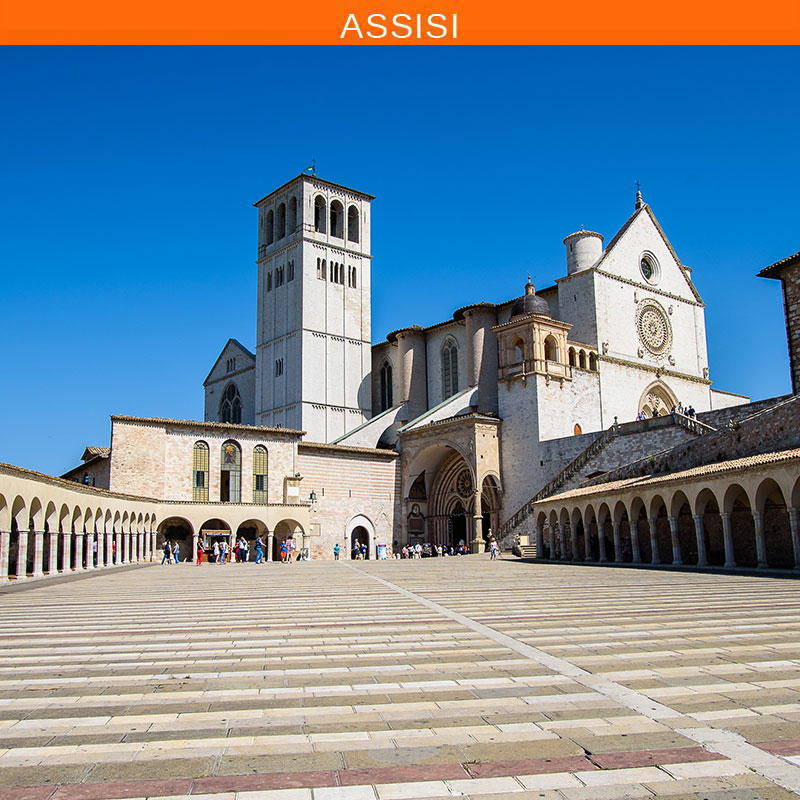
Assisi is a charming town in Umbria. Strictly medieval, walking trough its streets and looking at its palaces, it seems to be in the Middle Ages. Assisi is famous because it was the birthplace of San Francesco. I has beautiful basilicas, in particular the lower and upper Basilica frescoed by Giotto. Peculiar is the small church of Porziuncola. There is an air of peace everywhere.
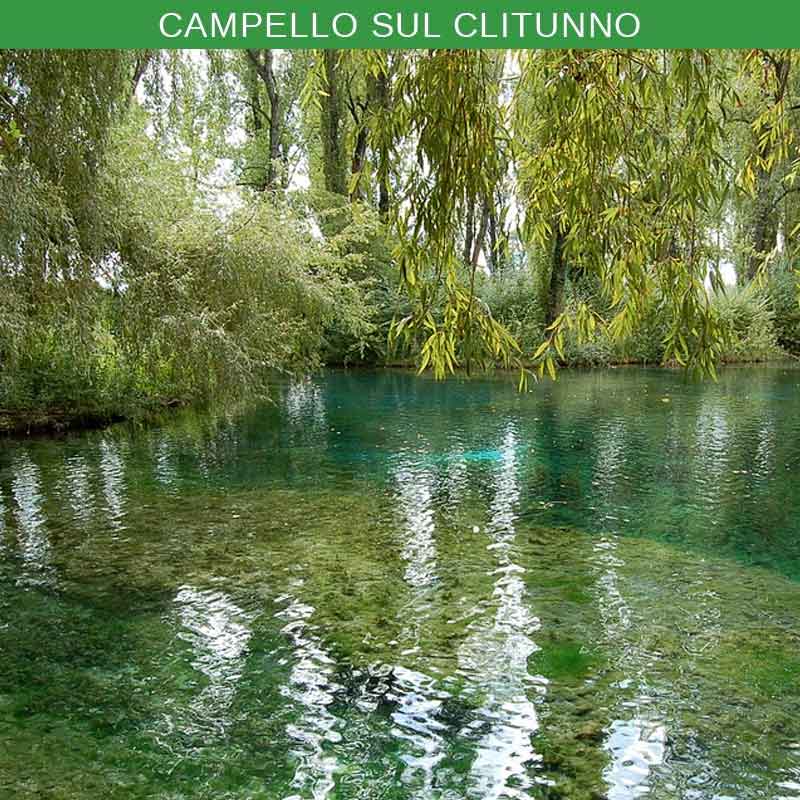
In Campello sul Clitunno there are the springs of the river Clitunno not far from which stands the Temple of Clitunno, probably the most interesting late ancient monument of Umbria. Important, from the architectural, historical and artistic point of view, the castles of Campello Alto and Pissignano Alto, not far from the new route of the Flaminia road, and those of Agliano and Acera trough the woods, towards the Nera Valley. Campello sul Clitunno is also very famous for its extra virgin olive oil. The town stands as the most important place in relation to the quality of the production of extra virgin olive oil in Umbria, thanks to the particular microclimate of a part of the territory and the characteristics of the land. Campello sul Clitunno is part of the National Association Città dell’Olio.
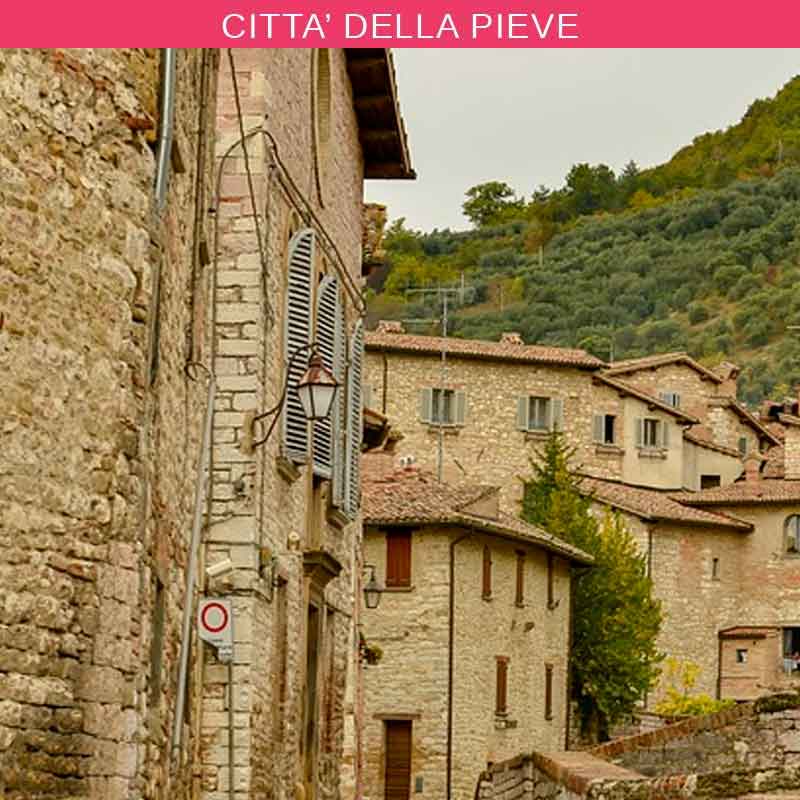
Where today stands Città della Pieve, it is assumed that already Etruscans and Romans had established their respective settlements. This characteristic village was not immune from the vicissitudes of medieval history, and in fact, it saw many lords alternate to his guide until Clement VII placed it under the direct control of the Church. In the center of the town, still surrounded by fourteenth-century walls you can see the narrowest alley of Italy: the street Baciadonne. The Cathedral dedicated to SS. Gervasio e Protasio dates back to the twelfth century but interventions of the sixteenth and seventeenth centuries have changed the most remote forms, however the oldest building still emerges in the decorative details of the lower area of the facade, in the apse and in the Romanesque Gothic bell tower.

Città di Castello is a town in the Province of Perugia. There are many factors that contribute to defining peculiar the city: the Renaissance architectural structure, population density, geographical location and dialect. It is a city that, for its location, is culturally very linked to neighboring regions: Tuscany and Marche.

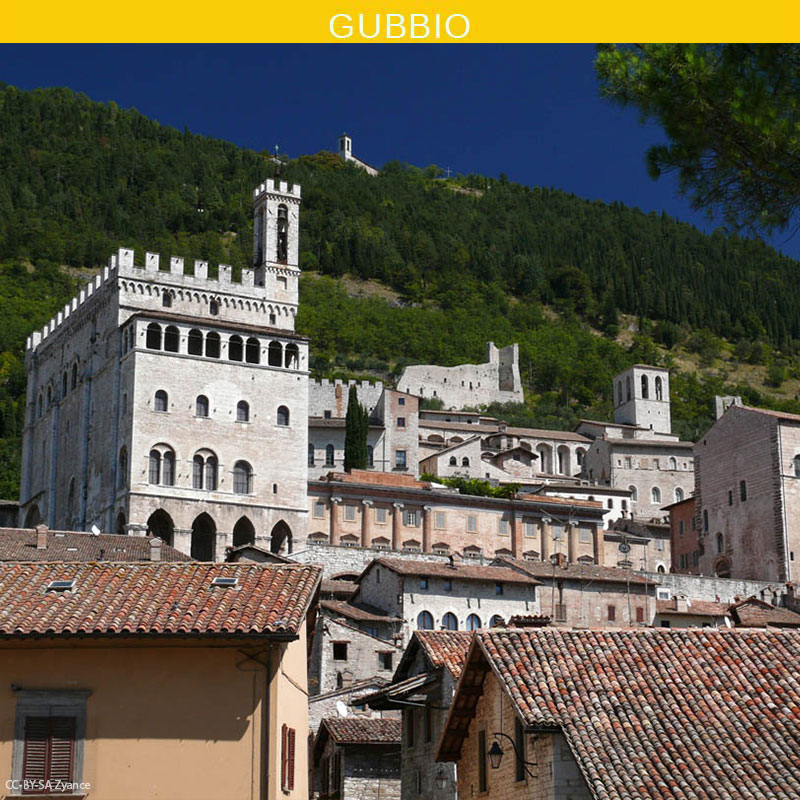
Gubbio has a very ancient history, dating back to the Paleolithic period. It is located in a mountainous-hilly area very close to the Apennines. In addition to the famous Festa dei Ceri, the city is famous for the processing of ceramics and the production of truffles. Its territory is very vast, the seventh in Italy and for this reason its infinite resources are all to be discovered.
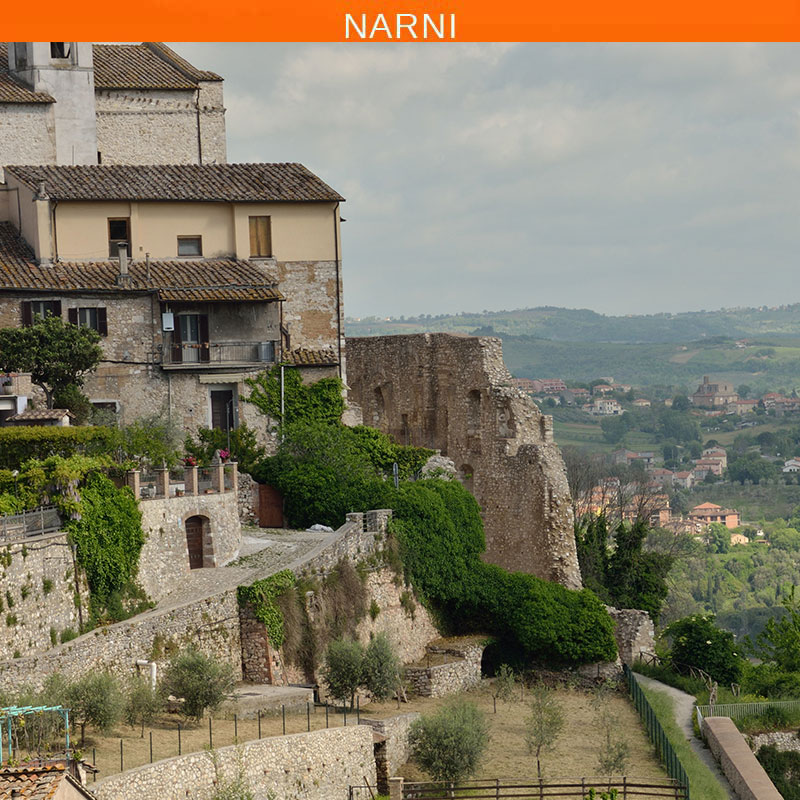
Narni has a very ancient history dating back to the Paleolithic, it was Roman settlement and even experienced the barbarian invasions. It is a place rich of monuments such as the Romanesque cathedral, with works by Rossellino and other famous artists, the church of San Francesco, dating back to the thirteenth century, with remarkable frescoes of the local school, Palazzo dei Priori, built in 1275 probably by Gattapone da Gubbio and placed in the medieval square with the same name, and many others.
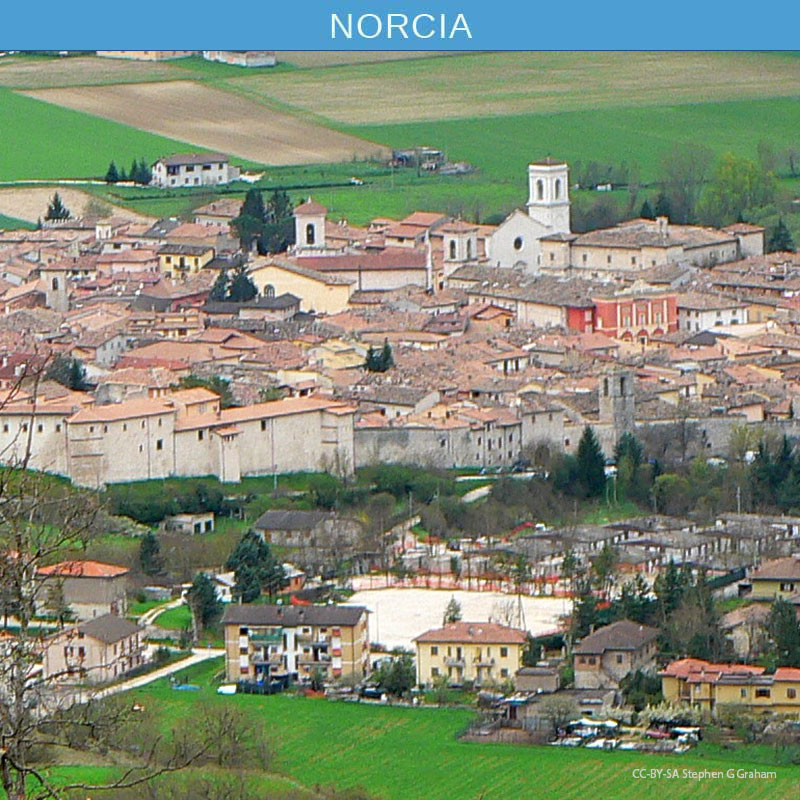
Norcia is located in the province of Perugia. The town is located at a distance of 96 km from the Umbrian capital, about 600 m s.l.m. and the northern edge of the plateau of Santa Scolastica, a plateau of tectonic origin located in the heart of the Umbrian Apennines-Marchigiano and inserted in the area of the Sibillini Mountains National Park. Its history seems to date back to the Roman settlement, although it can be said that it’s in this period that the city has grown. Place of interest that contains all its artistic beauty is Piazza S. Benedetto, rich in monuments and historic buildings.
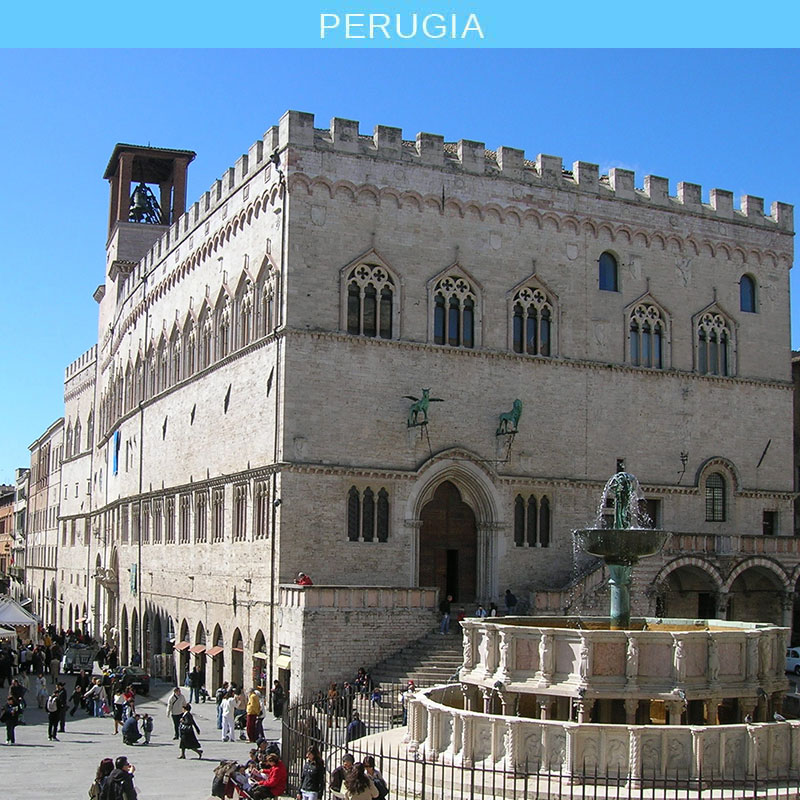
Perugia is an Italian town, capital of the homonymous province and the Umbria region. This city is the most important cultural center of the region, rich in art, history, was in fact founded by the Etruscans. In addition to being a popular tourist destination, it is also an important university centre.

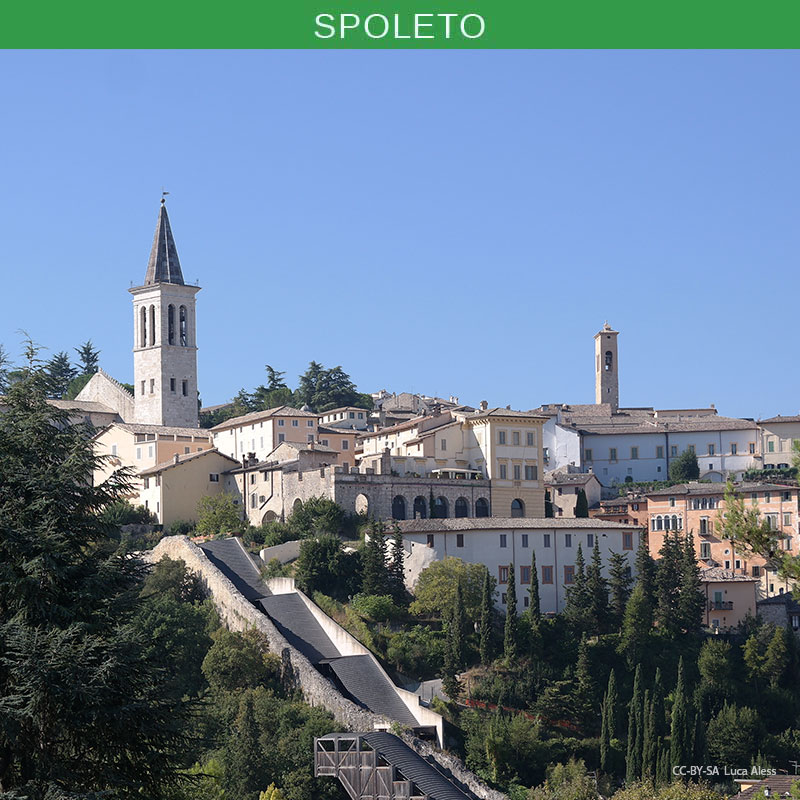
Spoleto is a town in Umbria belonging to the province of Perugia, an interesting destination for those looking for relax, but also for sports, art and history, as well as ancient and evocative landscapes. It is impossible not to admire the countless palaces, towers and bridges that are available throughout the territory and that offer you the opportunity to learn about the history of this region. This place is a meeting between nature and art and at the same time contains the historical heritage of the Umbria region.
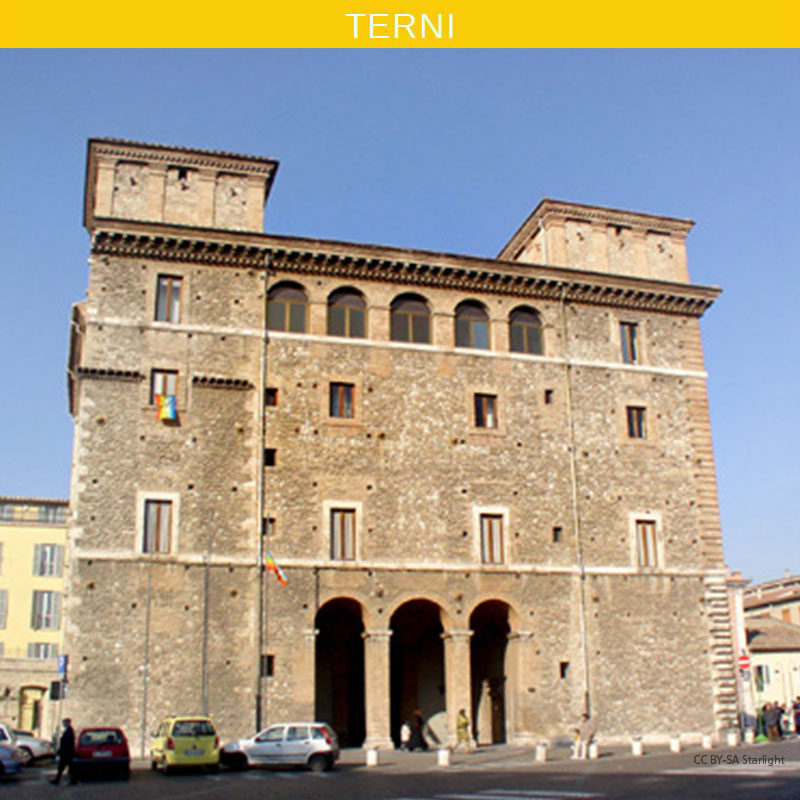
Terni is a province in Umbria. Since the nineteenth century, is considered a city with a high rate of industrial development, had an important role in the second industrial revolution parallel to the construction of the steel mills. Despite the damage suffered during the Second World War, it still remains a very important hub for the region. Today Terni looks like a completely renovated city on a human scale, rich of green landscapes, thriving industry and history. Worldwide is remembered as the birthplace of Saint Valentine.
